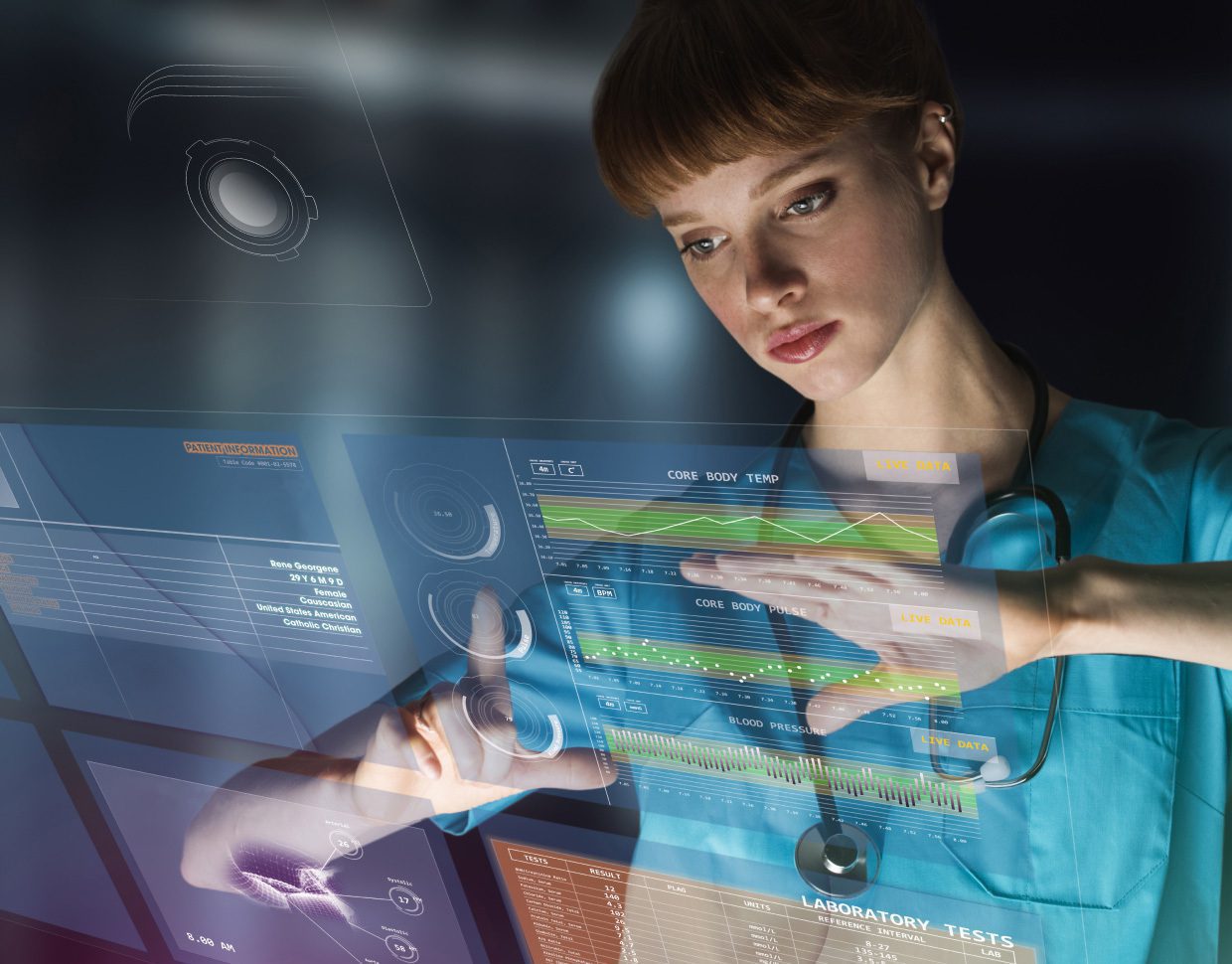The accelerating pace of digitization is impacting our daily lives in fundamental ways, not least of which is the virtualization of shopping, work and, of course, healthcare. eCommerce provides instant access to millions of products and services that can be drop shipped the same day to our front doors. Online collaboration tools give us the ability to interact with global teams across time zones and borders. Remote health technologies, such as telemedicine and wearables, are transforming how we access, monitor and enable our care.
3 reasons for turning to remote health
Remote patient monitoring leverages devices to collect and direct information to a remote diagnostic testing facility for interpretation. Couple this with the rapid adoption of telehealth solutions and healthcare providers, insurance payers, and governments can alter the manner in which care is being delivered and, at the same time, reduce costs.
Here are three key ideas, which we think are the most important when assessing the benefits of remote health:
- Impact on patient care. Remote health technologies benefit providers and patients in many ways: improved health outcomes, quality of life, real-time support, extension of care after discharge, prevention of emergencies, and reduced hospital stays. Care providers can also access patient data with increased frequency and accuracy, leading to better treatment outcomes.
- Cost-efficient health monitoring. With an increasing elderly population leading to escalating healthcare utilization and costs, telemedicine represents a cost-effective method of patient monitoring, diagnosis and treatment. It combines self-management with timely, technology-based intervention, which gives elderly patients the convenience of being treated at home, while healthcare providers derive greater efficiency and cost control in patient care.
- Widespread user adoption. The greatest driver of a remote patient monitoring device market is the user-friendly and portable nature of these devices. Users can take devices with them when they’re on the go, and benefit from having real-time information about their bodies and health conditions.
Thus, with the above-mentioned factors leading to increased remote health usage, the market for telemedicine is expected to grow in the forecast period.

Best practices of remote health solutions
Paging Dr. Google. A new research survey conducted by the Royal College of Surgeons in Ireland (RCSI) found that 50% of the country’s adults seek health information or advice online. Additionally, about 20% said that they have never spoken to a healthcare professional about their health concerns, with adults younger than 25 years the least likely to do so. Paradoxically, 69% of these respondents said they completely distrust online sites as a source of health information, with 61% stating that they fully trusted professional providers - making a strong case for wider deployment of remote health solutions.
Amazon Care, while not planning to offer emergency services, will include telemedicine, online chat with a nurse, medication delivery, and app-enabled house calls to the employee's office or home. Amazon won’t employ any doctors of their own; instead, the company is contracting with a US-based clinic called Oasis Medical Group. Also, the offering is not 24-7, though it does have extended hours, from 8 a.m. to 9 p.m. on weekdays and 8 a.m. to 6 p.m. on weekends.
Alongside HRS and other high-profile telehealth providers with enterprise businesses, a slew of new connected monitoring devices are also helping clinicians keep an eye on their patients at home. These include Current Health’s AI-enabled vital sign monitor, Bardy Diagnostics’ vitals monitoring patch, and the recently cleared Biobeat cuffless blood pressure monitoring device.

To summarize
Remote monitoring technologies are becoming more popular among providers and patients alike, due in part to their potential to improve compliance, comfort and patient outcomes. The bottom line: Now's the time to enable remote solutions as a key feature of your health services, so this next wave of digitization doesn't pass you by.

